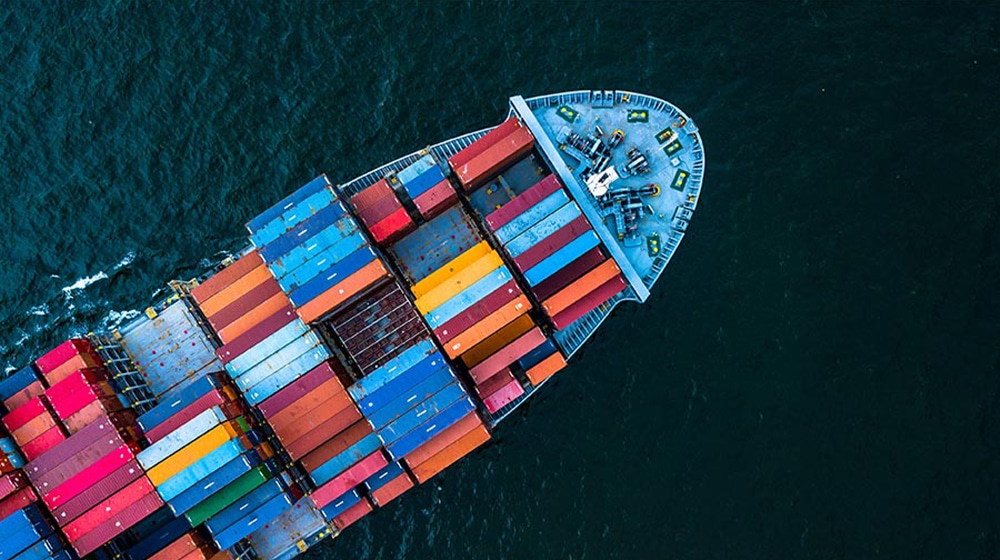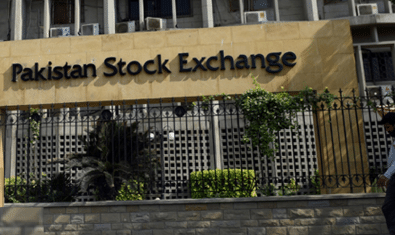Pakistan’s trade deficit widened by 16.48 percent on a month-on-month basis from $4.151 billion in May 2022 to $4.835 billion in June 2022, according to the Pakistan Bureau of Statistics (PBS).
Imports increased by 13.94 percent on a month-on-month basis and stood at $7.722 billion in June 2022 compared to $6.777 billion in May 2022.
Overall, the trade deficit widened by 55.29 percent in FY 2021-22 and reached $48.259 billion as compared to $31.076 billion during the same period. Imports increased by 41.93 percent during the fiscal year and stood at $80.019 billion as compared to $56.380 billion during the same period of the previous year.
Like so many other import-dependent nations, Pakistan’s food and fuel prices are skyrocketing, and subsequently, its foreign exchange reserves are being hopelessly run over.
Although some of the economists had predicted May’s import ban on non-essential and luxury items to offer a quick fix, Pakistan’s astonishing trade deficit numbers for the fiscal year (FY) 2021-22 suggest that the move has turned out to be drastically counterproductive.
Because the prices of international commodities are rising, Pakistan is depleting its forex reserves faster than expected. Aadil Nakhoda, an Assistant Professor at the Institute of Business Administration (IBA) Karachi, told ProPakistani that if nothing changes, the country faces bankruptcy much worse than Sri Lanka.
He added,
The purpose of an import ban is to get immediate relief as CAD increases. However, there seems to be a lag in its effect. The import ban should not be a tool to mitigate the effects of a delay in approaching the IMF. Trading relationships take years to build. Stronger trading relationships can help obtain goods at more effective prices. However, import bans will result in distortions as now new relationships will have to be developed.
Nakhoda highlighted that in principle, an import ban “can lower the bargaining power when it comes to seeking preferential trading agreements as the credibility of the government may be affected. Import bans can also result in an increase in imports through informal channels, hurting the economy further”.
Pakistan imports vastly outnumber its exports, and the incumbent government banned numerous sorts of imported commodities that it deemed non-essential luxury items in May 2022 to safeguard foreign investments.
Pakistan is now expecting aid from the International Monetary Fund (IMF) to avoid bankruptcy and continue purchasing food and fuel. The agency has frequently saved crisis-hit economies, but in exchange, recipient countries are forced to comply with ridiculous policy changes that are frequently unpopular with the general public.
The lender is expected to make headway in the coming days and resume its revised bailout package. If and when this occurs, the PKR-USD parity is expected to stabilize. Given that the dollar has increased by more than 30 percent against the rupee in FY22, policymakers would welcome a stronger Pakistani currency to help cool inflationary pressures.
However, the financial challenges of a deal with the IMF have already triggered a cost-of-living crisis as fuel subsidies have been massively reduced, making food and travel unaffordable for many. Additionally, increased taxes have compounded day-to-day stress.
Currency woes and related crises are intricately related in Pakistan. Fuel becomes more expensive as the currency devalues, and these price increases are soon reflected in daily necessities. Given that Pakistanis spend almost half of their income on food, inflation threatens to further marginalize the vulnerable portions of the community.
The country’s economy will remain shaky until exports significantly grow in the next few years, and high prices will continue to remain a dilemma.





















